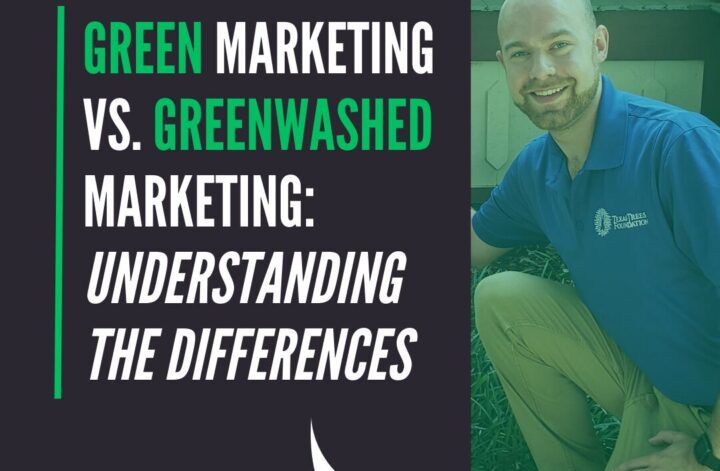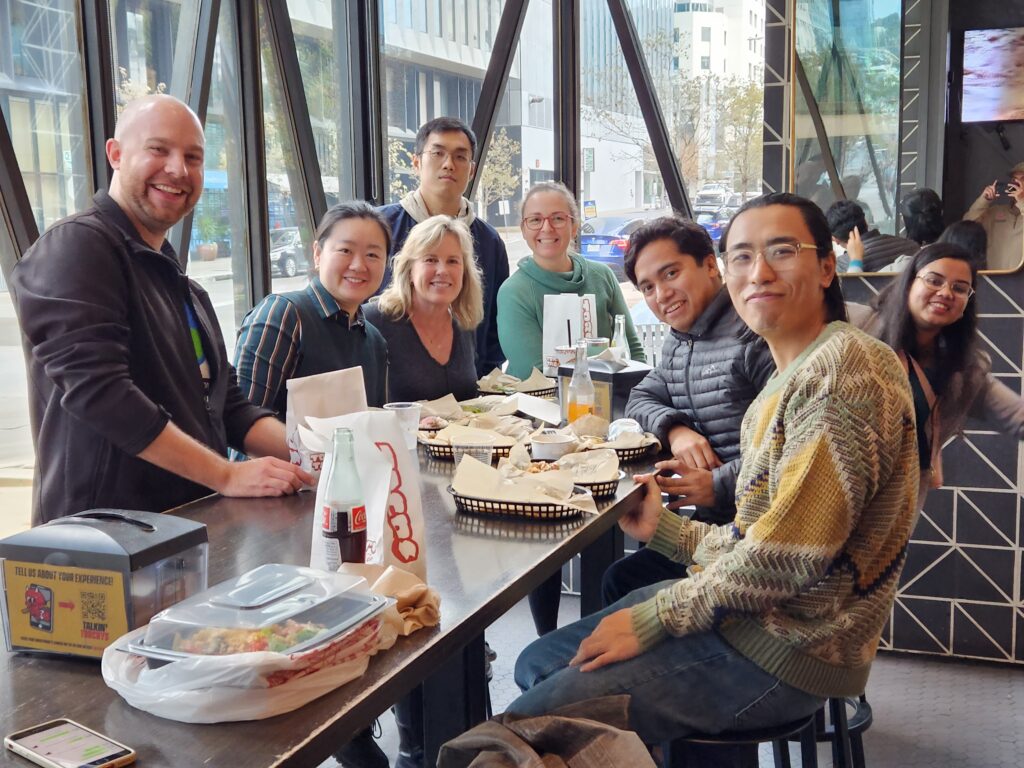As more people become aware of the need for sustainable practices, products made from recycled materials are rapidly becoming a favorite among consumers and businesses. These innovative products do more than reduce waste—they represent a shift towards a circular economy, where resources are continuously reused and repurposed rather than discarded. For businesses, this is a significant opportunity. Effectively marketing recycled or upcycled products can appeal to environmentally conscious consumers and differentiate a brand in a crowded marketplace. Let’s dive into how to showcase the value of these products by highlighting their environmental and economic benefits.
Highlighting Environmental Impact:
When it comes to marketing recycled products, the most compelling story is often their positive environmental impact. Consumers today are increasingly looking for products that contribute to a healthier planet. Start by emphasizing how a product reduce waste, conserve resources, and help protect the environment. For example, if a company makes shoes from recycled ocean plastic, share the story of how much plastic waste has been removed from the ocean to create each pair. Use data and statistics to make a point clear and impactful: “This product has diverted 10,000 pounds of plastic from landfills” or “Using recycled materials has reduced our carbon footprint by 50%.”
Visual content can be especially effective here. Infographics, videos, and social media posts that clearly show the journey from waste to product can help consumers visualize the positive impact they are making by choosing a product. Seeing the transformation from a discarded plastic bottle to a trendy backpack can make a powerful statement about the product’s value and the brand’s commitment to sustainability.










